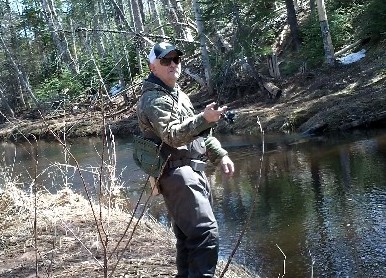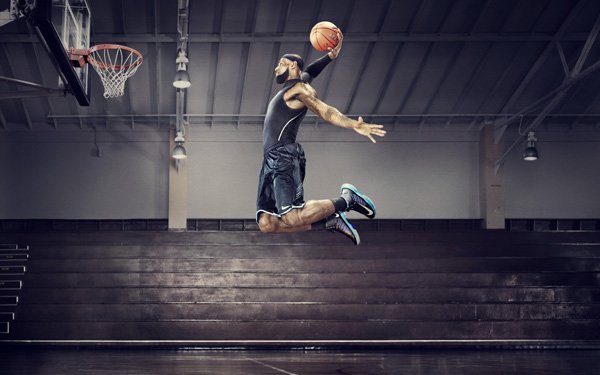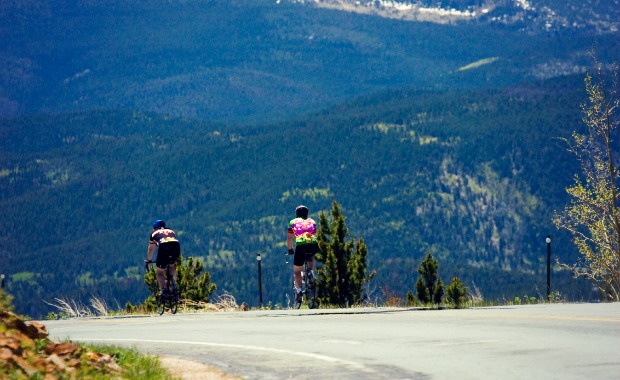Used plugged ball, LH pin down then RH pin up
Question
QUESTION: I got a ball used that has been plugged. The first drill appears to be LH, pin down below the fingers, CG kicked to the left with a balance hole. The second drilling (which I like to use) is pin up between the fingers, RH, CG right below the fingers, with no balance hole. The MB spot is untouched. The span is perfect and I only need to slug it as it uses Switch Grip and my pro shop guy doesn't do either IT or Switch. If I could figure out how to put one in, that would be nice, but that's not really my question. Before I spend the money, is this ball too plugged to work? Would the RG or differentials be affected alot by this plugging? Thanks for your time.
Erik
ANSWER: Erik,
Hopefully, the layouts didn't work for the former owners, that is why you even have it. So using the existing layout will, hopefully, be better suited for you than the previous owner. Your ball driller should know better than to just change the thumb slug, if they don't think the layout will work for you. Do you have other balls with the same layout? Where is the MB in relation to the thumb hole? What are the static weights of the drilled ball as it is now? Are the pin, CG and MB close to in line?
Have your driller get a fresh thumb for the Switch Grip system in the ball, and they can just drill the needed hole into the Switch blank (as long as your pitches are NOT to different from what's in the Switch now), then finish it like a slug.
The other unfortunate option might be that the ball did work for the previous owners and they just wore it out. Does the ball have a lot of games on it?
Plugging holes drilled into the core of a ball change the core dynamics. So, yes the RG and RG Diff will be altered by the previous drills. Especially holes that you know are close to the pin or angled so that they couldn't miss the core. I am a little wary of a ball with multiple drills. But, as long as a usable layout can be put into the ball, utilizing a fresh part of the coverstock, the ball will more than likely be OK. Just not quite as dynamic as the same ball brand new. You might like the ball enough to buy one new!
Thank for the questions. Let me know how the ball works and what ball did you get?
---------- FOLLOW-UP ----------
QUESTION: They exclusively went with Storm and the ball is a Jigsaw Trap. They said the ball worked fine. The ball was used 40 games, but looks really good. I have a ball with the pin slightly above the fingers and feel a pin higher would be better for my style. I got the ball, because the colors allow me to see the rotation downlane better and that's important for a skid/flip reaction. The plugged fingerholes are above the pin and I'm not sure if my track will go over them. I have a fairly low track and was wondering if raising the pin would alter my track. It looks like the CG is slightly to the left of the pin, CG, MB line, but not that much. As a result, the pin and CG are stacked with the MB slightly to the right of the thumb. I'm not sure of the static weight.
I never used a Jigsaw Trap before, so I guess I have no comparison on how dynamic it is or was. Like I said there are two fingerholes plugged by the pin. Would that raise the differential more than usual?
Anyways, thanks for your time.
Answer
Erik,
The Jigsaw Trap is a Hammer ball. The ball worked fine, then why did they get rid of it after 40 games? The Jigsaw Trap is not a great core if you're a spinner with a low track. The pin above your fingers may help a little with the core position. As a lower track player, most of your ball reactions will be more length and snap (it's the nature of your delivery/rotation).
If your track is low, it will never get anywhere near the fingers, especially above the fingers. You ALWAYS position the core of the ball (using the pin to identify the top of the weight block, and MB to identify the "equator" of the ball) to assist in how you want to attack the lanes. Pin to positive axis will determine how much flare you will get. Positioning the MB will help in placing the core in an advantageous position (the MB position helps get the ball rolling earlier or later).
Drilling into the top of the core might effect the Differential Radius of Gyration. Lessening the weight at the top of the block (by drilling into the heavier material of the core) reduces the benefit of a high Diff. core, but the Trap core is not a high Diff. core. Plugging the holes (using epoxy that is inherently lighter than the core material removed) changes the core numbers of the ball.
The layout you describe may be fine or not. It's a basic layout, not something I can really comment about without knowing way more information about you, your game, speed and rev rate. You've only really said (1) you like the span (doesn't speak to if its good or bad) and (2) you spin the ball (usually an indicator of a not so good fit!). I'd drill a Trap for you if the lane conditions were on the medium/dry side, maybe on wood, or you don't throw the ball real hard, with a decent rev rate. Not sure what that says. Good luck with the ball. Let me know how it does. Thanks.
ball roll out
SLIDE POSITION OF RT FOOT


